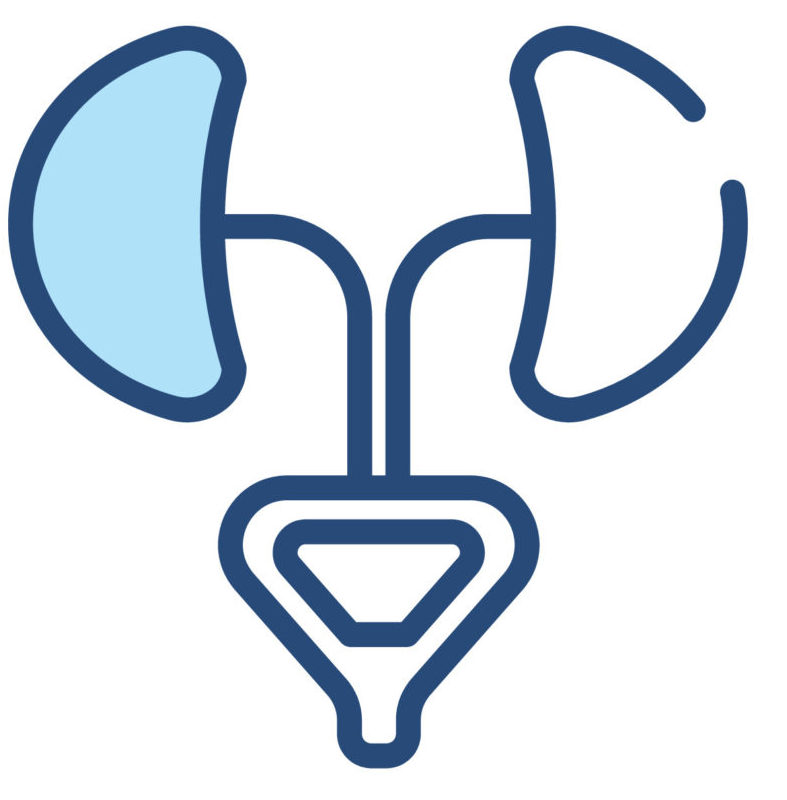Urinary Tract Infections/Cystitis
Urinary tract infections occur when bacteria enter the bladder via the urethra (waterpipe)
Around 60% of women and 15% of men will experience at least 1 UTI during their lifetime. For some, they are a recurrent and troublesome problem.
Risk factors for UTI include sexual intercourse, not drinking enough fluids, passing urine infrequently, stones in the kidney or bladder, or kidney problems. Having a urinary catheter also increases the risk of developing a urine infection. Women who have gone through the menopause also have a higher risk of UTI.
For many people, classic symptoms of a UTI include smelly urine, a burning or stinging pain when passing urine, passing urine frequently or abdominal pain. If you also experience pain in the loin area, have a high fever or have blood in the urine you should seek medical help urgently.
Diagnosing a Urine infection is initially done with a dipstick test by your GP or Urologist. The urine can then be sent to a laboratory to confirm the type of bacteria and which antibiotics are appropriate.
Bladder infections generally need only a short course of antibiotics, but infections involving the kidney (or prostate or testicle in men) need a longer course.
If infections are recurrent, or if there is any blood in the urine, then referral to a urologist for further investigation may be helpful. An ultrasound scan and flexible cystoscopy (camera inspection) of the bladder may be carried out to check for any underlying problem.
There are alternative therapies to help prevent UTIs. A product called D-Mannose has shown some benefit in small trials. Cranberry supplements are also popular. However, some people need to take a single antibiotic daily to prevent infections, whilst topical oestrogen cream can be given to women after menopause.
Newer approaches include a vaccine treatment or treatments given directly into the bladder through a small catheter.

Contact Us

